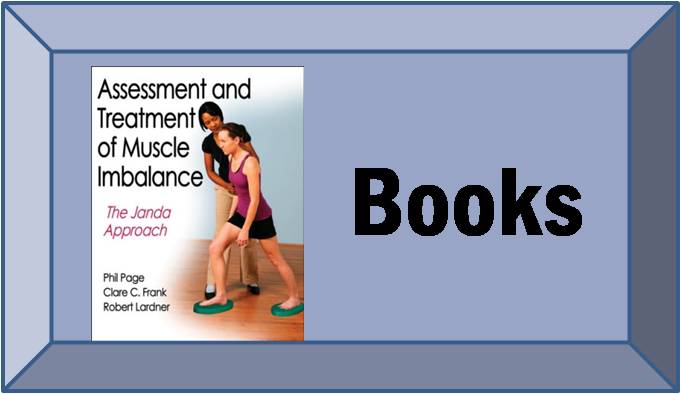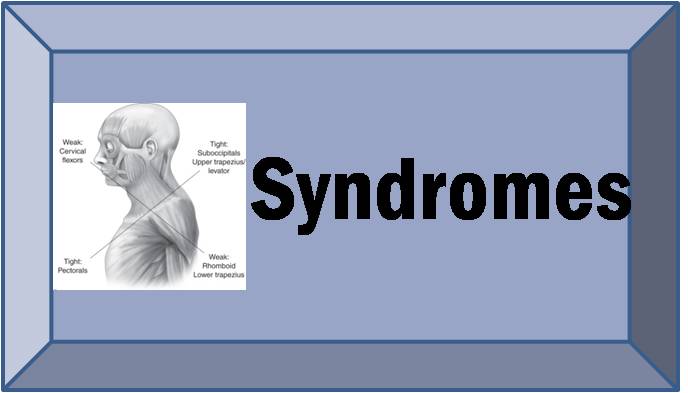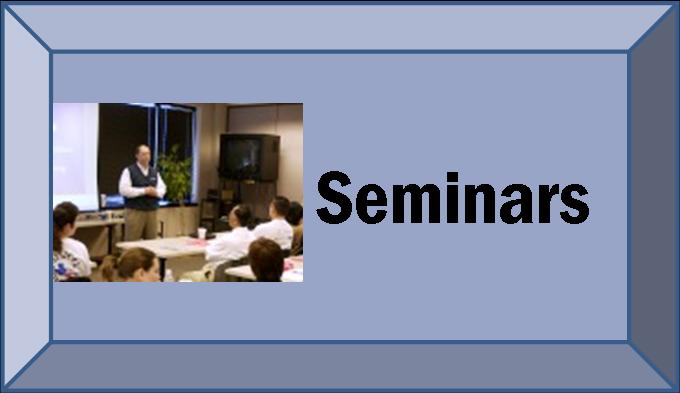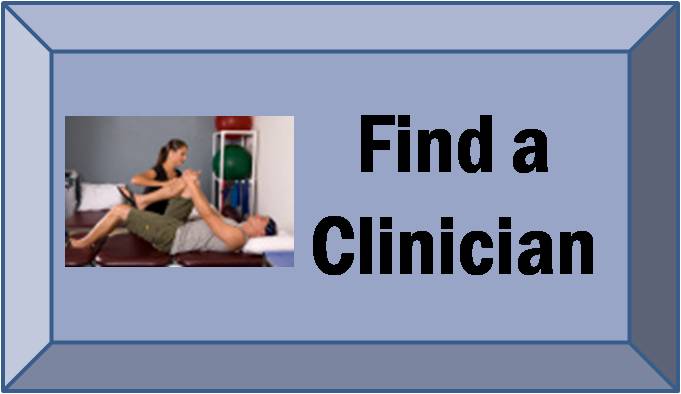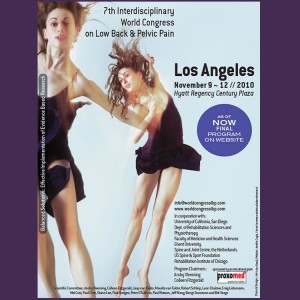 I’m trying to get back on my feet after a week in Los Angeles at the 7th World Congress of Low Back Pain. This was my first congress, although I have all the books from past Congresses. It was like a ‘whos-who’ among low back pain clinicians and researchers from a variety of disciplines and countries. I enjoyed meeting and listening to many of the gurus that publish regularly: Vleeming, Solomonow, O’Sullivan, Danneels, Schleip, Langevin, Mense, Chaitow, Liebenson… et al!
I’m trying to get back on my feet after a week in Los Angeles at the 7th World Congress of Low Back Pain. This was my first congress, although I have all the books from past Congresses. It was like a ‘whos-who’ among low back pain clinicians and researchers from a variety of disciplines and countries. I enjoyed meeting and listening to many of the gurus that publish regularly: Vleeming, Solomonow, O’Sullivan, Danneels, Schleip, Langevin, Mense, Chaitow, Liebenson… et al!
While I’ve seen a lot of talk of the biopsychosocial aspects of low back pain (which I believe), O’Sullivan presented some great work on how Fear-Avoidance behavior contributes to a lack of movement and a subsequent viscious cycle of pain. It’s important that we realize how ‘multi-factoral’ low back pain can be…a lesson I learned from fall prevention.
Of course, the role of fascia is a hot topic as a mediator in low back pain. I really enjoy how the scientific and clinicial communities have come together to learn more about it’s role in chronic pain. The work from Schleip and Mense is phenomenal to adding to our body of knowledge. We’ve been preaching their work in our workshops, including The Janda Approach and FAKTR-PM.
Finally, I was intrigued by the Active Straight Leg test as becomming another standard test in motor control for chronic back pain. Beale’s work with O’Sullivan is showing that people with non-specific low back pain have activation of the entire abdominal during an active SLR, while normals only activate the ipsilateral side.
Dr. Janda would have loved to be there; I couldn’t help but think about him during the meeting….As my friend Craig Liebenson says, Janda was so far ahead of his time that we will continue to see research play catch-up to his teachings. Janda’s philosophy was reflected throughout the meeting; here are a few highlights from my notes:
- Diagnosis by x-ray and MRI are of little help; movement is a key diagnostic, but can be limited by fear-avoidance behavior. Movement assessment (such as the Active SLR) will continue to evolve as key indicators. Treat the patient, not the pain!
- Fascia (a living tissue!) plays an active role in low back pain, and thus should be considered as influencing muscle and movement. Just as no muscle can be isolated in strengthening, stretching as well cannot be isolated!
While I couldn’t stay for the last day, which I’m sure was great (let me know if you did), I was left with a lot of difficulty in translating the first 3 days into practical applications. I realize it’s difficult to bring together a multi-disciplinary faculty that represents hard-core research to hard-core clinical practice, but I hope there’s a way to do better integration bringing evidence-to-practice. Perhaps following scientists with clinical talks immediately afterward in more of a true ‘panel’ would be best.
I’m looking forward to the next Congress in Dubai in 2013. Hopefully I’ll be invited to speak on Janda’s work…stay tuned! In the mean time, Dr. Vleeming has assured me that you will soon be able to purchase the Congress books (they ran out at the meeting) by visiting their website at http://www.worldcongresslbp.com.





